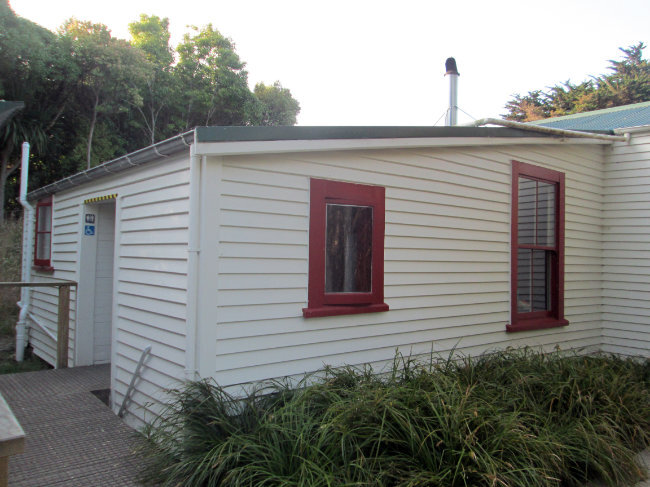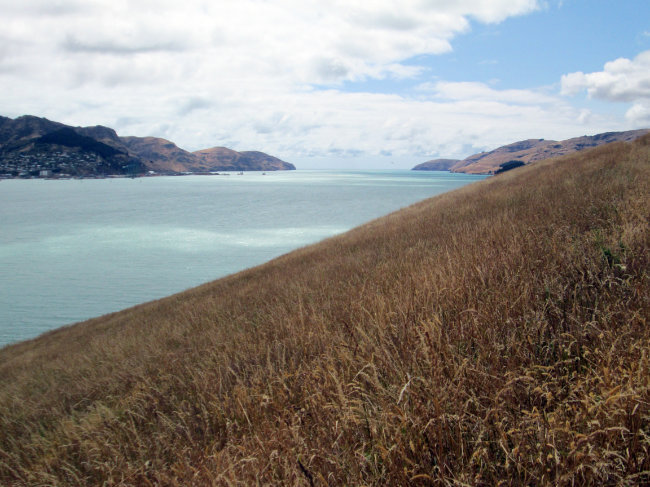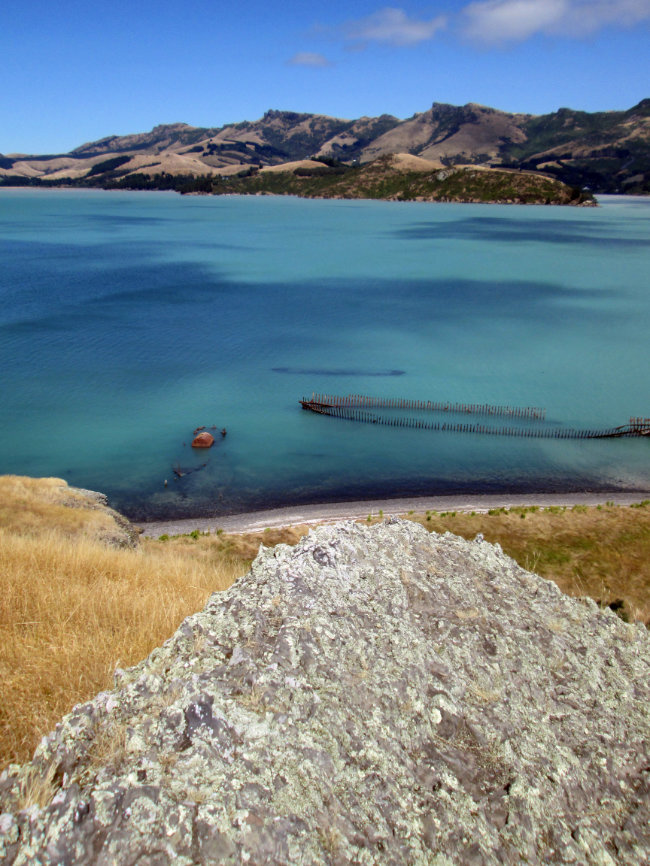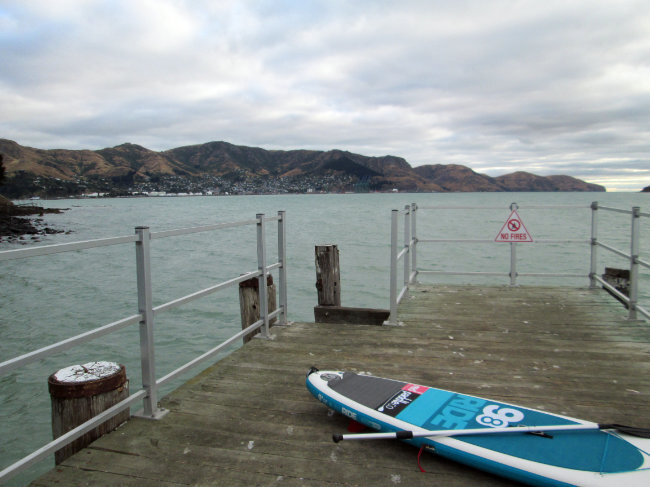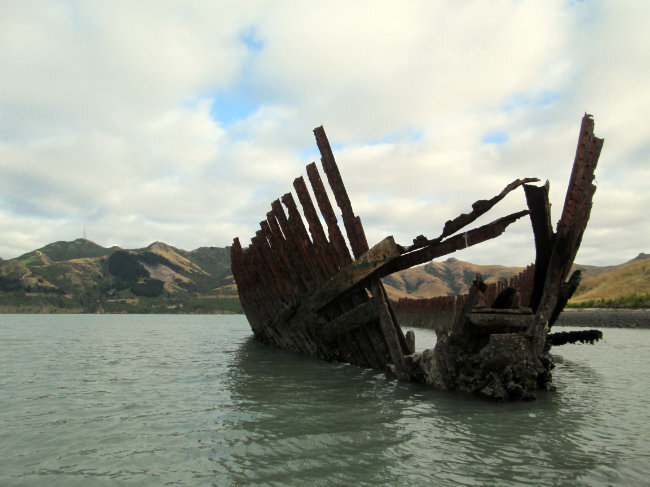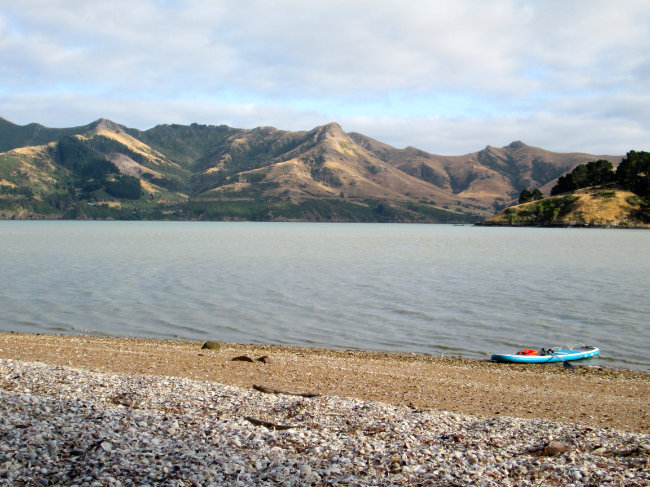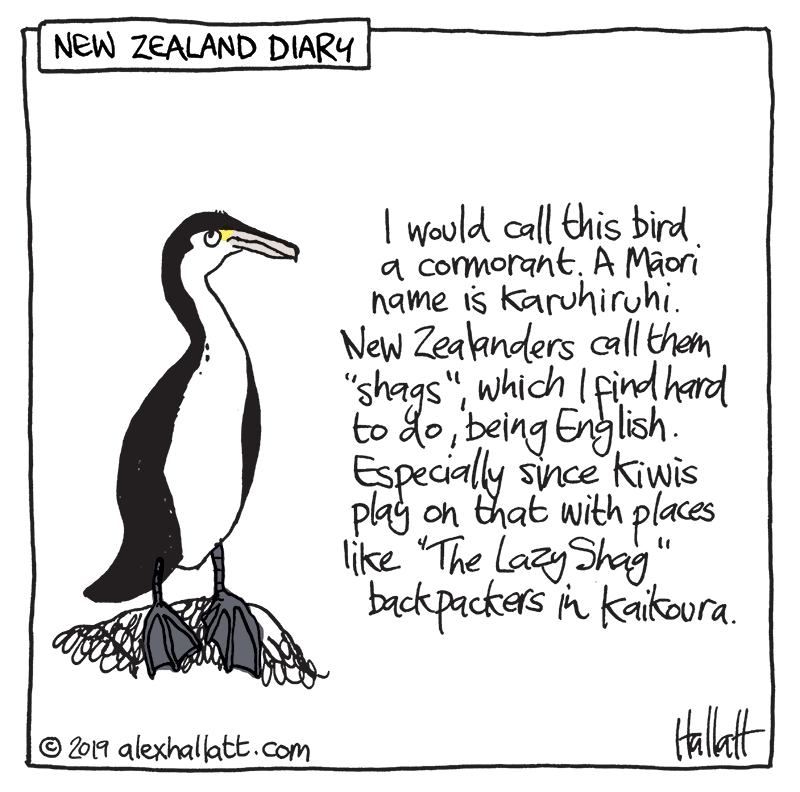Living in New Zealand: Being a DOC Hut Warden on Ōtamahua/Quail Island
Taking the Black Cat boat from Lyttelton to Quail Island
This summer I’m volunteering as a hut warden on Quail Island (if you want to volunteer with DOC you can ask them via their website). I was there for three nights last week and I really enjoyed my time. I didn’t see any mice.
My main responsibilities were to keep the place clean and make sure no one had any open fires. Most people clean up after themselves in DOC huts and I didn't have any problems on that score. The only fire lit was the log burner. It has been cool for January, but I think the old guy staying there when I arrived wanted to light it for the atmosphere more than anything else. In any case it was like a sauna when I walked in and I was glad I wasn't having to sleep in the bunkrooms with the rest of the visitors.
Warden quarters are basic. The bunks aren the same as you find in the huts and you still have to bring gas to cook with and a lamp as there is no power in the hut.
The history and returning native bush and birds make the island a fun place to walk around.
Or paddle around:
I’ll definitely be back.
Living in New Zealand: Taking a Trip to Otamahua Hut on Quail Island
My inflatable paddleboard and all I needed for my overnight stay (including sleeping bag, food and cooking gear)
The view of Quail Island from Naval Point, Lyttelton - a good boat ramp to leave from
Quail I Island is in the middle of Lyttelton harbour. Māori called Quail Island “Ōtamahua”, the ‘place to gather sea-bird eggs’. None of that happens now, but I saw plenty of seabirds on the surrounding rocky reefs as I paddled over: terns, cormorants, oystercatchers and black-backed gulls with their young.
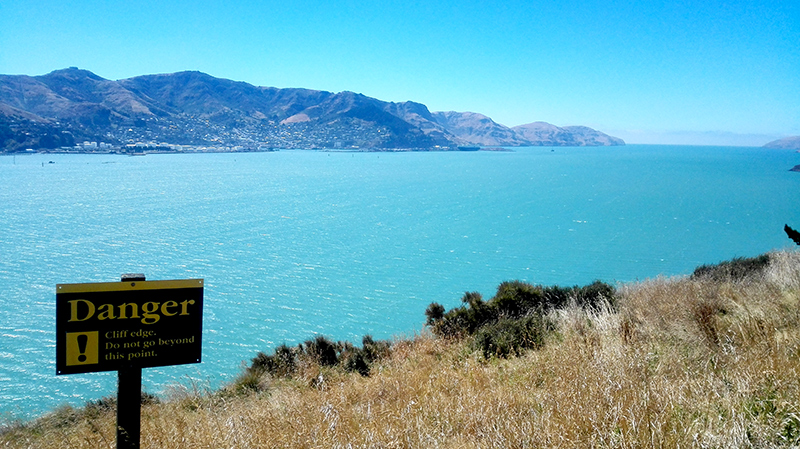
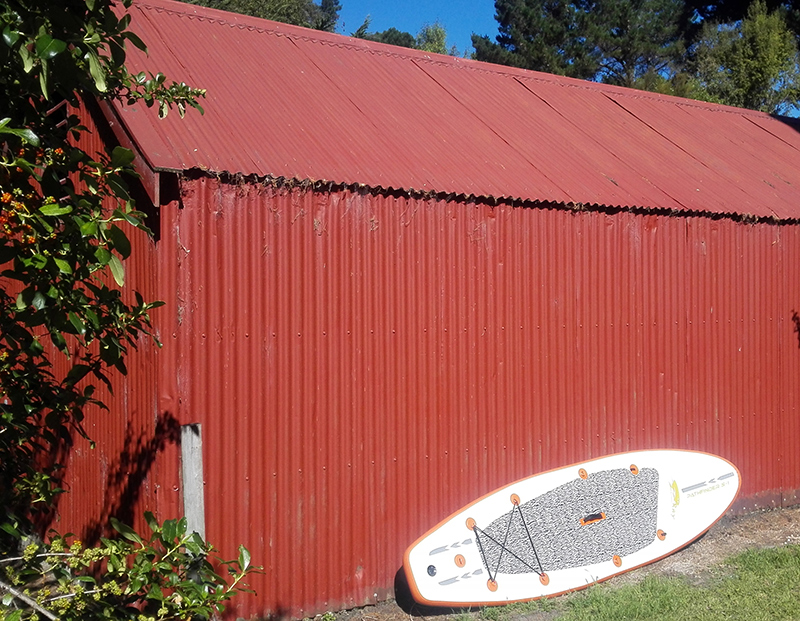



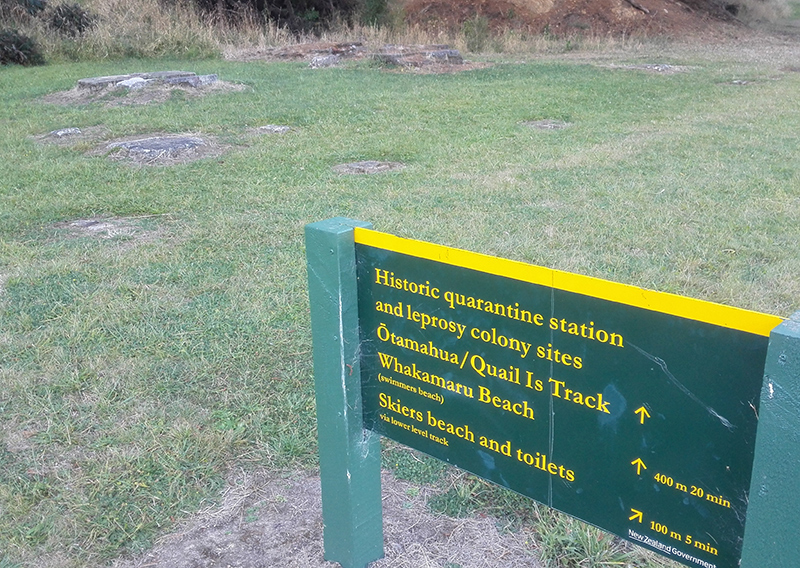
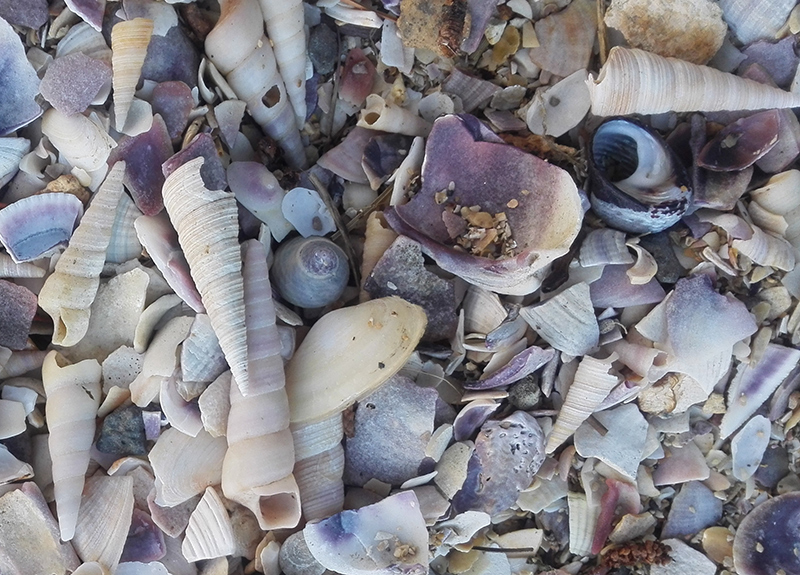
When I got to the wharf, it was low tide, so I rock-hopped to the track. I stashed my board on the way up to the hut, behind the old stables.
Quail Island was first settled by Europeans in the 19th century as a place to farm, but became a useful place for the new colony to quarantine animals and humans (Including lepers. Read more of the history at https://nzhistory.govt.nz/media/photo/quail-island ). These days no one is kept there against their will, but you can go over on the ferry and either spend half a day exploring the history, plants and birdlife, and little beaches, or stay overnight at the newly refurbished hut. It costs $30 return to take the ferry from Lyttelton, but it’s an easy paddle in a kayak or on a stand up paddle board, if conditions are right. It took me just over half an hour to get there and about 40 minutes to return. The harbour is usually much calmer first thing in the morning, so it pays to time your paddling for this if this is the way you are going to go.
The history of Ōtamahua Hut according to the Department of Conservation (DOC):
The hut was built between 1910 and 1920 for the animal quarantine station caretaker by the Department of Agriculture. It was used as a caretaker’s cottage up until the early 1980s. Between 1906 and 1925, the caretakers provided cooked food for the lepers. In 1982, the hut was converted into the Island’s interpretation centre.
The hut was refurbished for the public to stay in very recently, being opened at the beginning of November 2018. You have to book to stay overnight, either going to the DOC website here, or calling into one of the DOC offices. A bunk costs $15 an night and there are 12 bunks in the hut.
Update: Though there are DOC hut rules there isn’t one about not brewing beer. https://www.nzherald.co.nz/nz/news/article.cfm?c_id=1&objectid=12219732
I’ll definitely be going back. Hopefully when no one else is there.
Swimmers’ beach
View of Lyttelton from the bunk room (each room has 6 bunks). Our house is behind the large white oil tanks on the left.
My phone doesn’t take great pictures, but there is a lot of native bird life on the island. This is a kereru (wood pigeon)
I love the way they have used branches in these shelves
My niece would love this rope swing, though it is a little tame for her.
Looking back to Lyttelton from the wharf at night.
The morning of my return to Lyttelton: a good time to paddle.






